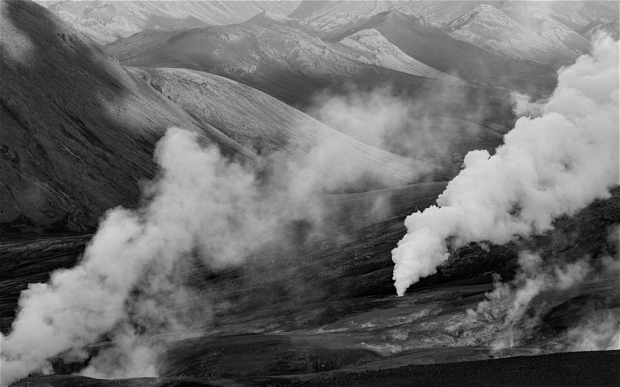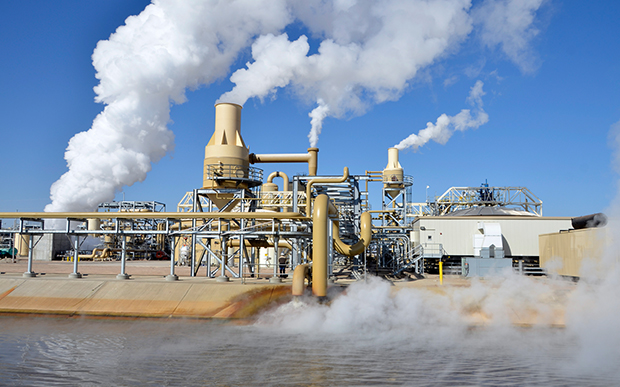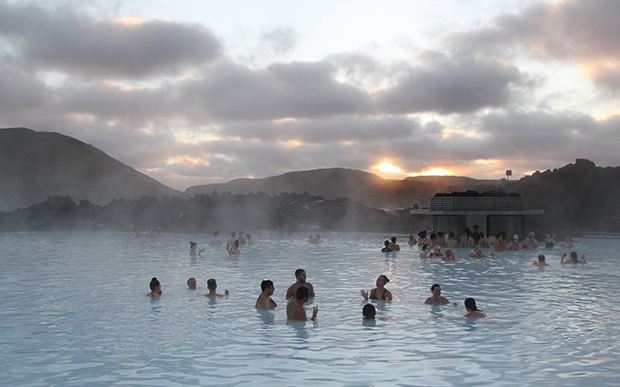Introduction.
It could be said that Geothermal Energy and its use date back to ancient times with the use of hot baths and thermal springs, but what is it? When was it first recorded as being utilized? What types of thermal energy exist And what is its potential impact upon the environment? Is it a successful or environmentally friendly form of power production? Those are questions that this article will investigate and discuss.
The history of geothermal energy is a long one. Thermal energy stored by the earth has been utilized for centuries. The heat deep in the earth that is generated by radioactive decay of materials can be sourced and used to produce power for human activities.
History and overview.
In the Paleolithic era, hot springs from thermal energy were recorded as being used for bathing, which is possibly the earliest recorded use of geothermal energy for human consumption. In Roman times, thermal baths were widespread and popular in the Roman Empire and continued for centuries to be a popular and beneficial activity worldwide. The Romans also invented the use of geothermal heat to heat buildings.

It was 1904 that thermal energy power was really realized and harnessed for more serious human use, when in Italy, at the Larderello dry steam field , a thermal powered generator was trialled and was found to be successful in producing electricity. This was followed by the first geothermal power plant coming into operation in the same area in 1911. This successful enterprise started a revolution by powering Italy’s railways through electricity, but it was to be the only operational geothermal power plant for the next 11 years until 1922. The plant still operates to this day.
In 1922, the USA has picked up on the success of Italy’s Geothermal Power Plant, and opened their own geothermal operation. Unfortunately this second plant wasn’t as successful as the first, and powered the street lights and buildings local to the plant but nothing more, and then faltered before closing after a short period of time.
Some sources state that the USA had previous and other geothermal operations, but this isn’t clarified.
It wasn’t until 1958 that geothermal power really rose again, with New Zealand launching a very successful geothermal operation, and using a new method, flash steam geothermal power, where high temperature water under pressure turns to steam to power turbines.
In the 1960s the USA took heart from Italy and New Zealand’s success and cautiously attempted geothermal power again, this time on a larger scale and with complete success. This led to other countries drawing upon their natural resources to use geothermal energy to improve power production. These countries included Iceland, which had a massive resource in thermal power just waiting to be utilized, and Kenya, Mexico, Indonesia and the Philippines. While other countries have also invested.
The USA are now the largest producer of geothermal energy, which props up its huge energy consumption. Indonesia is second largest, with the Philippines next, Italy fourth and New Zealand fifth.
In 2013, 11,700 Megawatts of electricity from geothermal energy was available globally for use.
In the present day, while non-renewable energy sources are running low, geothermal energy is a renewable energy, and is likely to be increasingly utilized for power, and may even become the world’s largest source of power in the future. At present the high cost of setting up geothermal plants is the main limitation to the expansion of the use of thermal energy for power. Thermal energy plants used to rely on being based in areas of tectonic plate activity, but advances in drilling, steam technology and other technology means that limitation has been removed.
Types of Geothermal Energy.
There are several types of geothermal energy production, which will be described briefly here.

1. Flash Steam Plant.
This was the breakthrough technique first seen in New Zealand. The plant extracts boiling water from volcanic or hot reservoirs, cyclone separators separate boiling water and steam and releases the steam at high pressure as steam flashes, the power of these flashes are used to drive turbines for power. Remaining water is returned to the reservoir to be reused.
2. Dry Steam Power Plant.
High pressure water is injected into volcanic rocks 7 to 10 thousand feet into the earth. The water draws the heat out of the rocks and the heat is transported from the rocks in the water and converted to boiling steam to power the turbines. No toxic chemicals are used, so this is relatively environmentally friendly.
3. Binary Steam Plant.
This is a lower temperature plant which is becoming quite popular. This plant uses a secondary liquid with a lower boiling temperature than water to inject the rocks and release geothermal energy, the water has to be pumped and heated and is then converted to steam energy and sent through a closed loop to after being cooled and then used to power the turbine.
The Environmental Effects of Geothermal Energy.
Some say that geothermal energy production is a relatively harmless way of producing large amounts of power. It is a growing sustainable industry and as such, is well supported by environmental activists. However, there are some concerns raised.

One concern regarding geothermally produced water is the high levels of sulphur and also potentially toxic trace elements such as mercury in the water brought up, although if handled correctly, this doesn’t cause any human harm.
Air emissions is another environmental impact from geothermal energy production, with hydrogen sulphate being released into the air by some plants, although some inject the emissions back into the ground. Hydrogen Sulphate in the air converts to Sulphur Dioxide, which can contribute to acid rain and heart and lung disease, but the amount produced by geothermal plants is significantly lower than that produced by coal powered energy plants.
Land stability issues can occur around plant areas, which is a risk that has to be assessed and monitored.
The fact that geothermal energy production is sustainable and relatively environmentally friendly outweighs the few environmental concerns raised.

